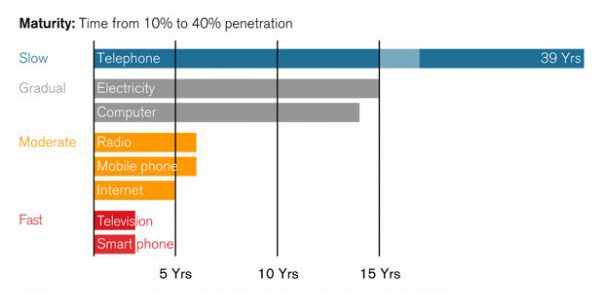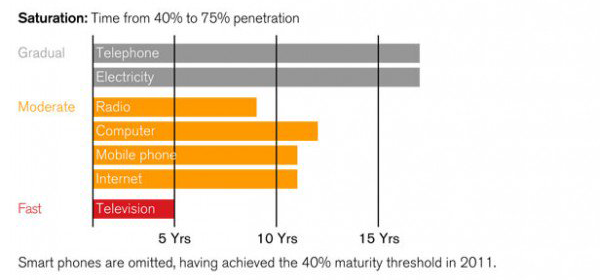Latest news about Bitcoin and all cryptocurrencies. Your daily crypto news habit.

Put the term virtual reality into your favourite search engine and click on the news tab. Go ahead, I’ll wait. One of the top five results is about how sales are lagging, VR is dead, and the future is dark and hopeless. The second of those results is about how virtual reality is on fire, sales are up, and predicted sales for five years from now will reach 100 billion.
So why the disparity?
Part of it is simple confirmation bias: it’s easy to find statistics that satisfy any conclusion you’ve already come to. Sugar causes cancer and is the sole factor behind weight gain, for instance, or sugar is actually good for you and we should all eat significantly more cake! (Okay, maybe not that last part, but you see where I’m coming from.) If you want a headline that says sales are down, you can find some numbers that show sales trended down. And if you want a headline that says sales are up, you can find some numbers that show sales trended up. (The best part? Those articles are quoting numbers from the same IDC report!)
But there’s something larger at work. Something more complicated. It has to do with the ways we adopt new technology.
People are quick to say that technology adoption is growing faster with every new technology’s release. Consider this graph, taken from Technology Review, which shows the history of technology saturation across the US.
But, if you look at the time to total market saturation, the numbers change pretty dramatically.
Smartphones went from invention to saturation in less than ten years, while the telephone took 55 years. But it isn’t true that the more recent it is, the faster the adoption. Computers, for instance, took significantly more time to make the same journey (26 years) than radio (15 years).
How about a more recent example? Bitcoin was invented in 2009, but it wasn’t until November 2017, when it broke $10,000 per Bitcoin and was available on large public trading services, that it began to really steal headlines and gain popularity with non-technical audiences. There are almost 28.5 million Bitcoin wallets, though of course it’s possible for people to hold multiple wallets simultaneously. That’s… a pretty hard number to extrapolate to American users, but it’s pretty safe to say that it hasn’t hit market saturation, despite having been around for nine years already. Yet crypto enthusiasts have no doubts that the technology has an incredible future, both for currencies as well as a thousand other uses.
So the real answer to whether the exciting future is coming? We have absolutely no idea. It’s simply too early in VR’s journey to know whether it will reach saturation, or whether it will be replaced by some newer, shinier version of itself. But regardless it seems clear that the industry is on to something, and diving in deeper isn’t likely to make you hit the bottom any time soon.
Originally published by Wren Handman for www.hammerandtusk.com.
The Exciting Future Isn’t Coming was originally published in Hacker Noon on Medium, where people are continuing the conversation by highlighting and responding to this story.
Disclaimer
The views and opinions expressed in this article are solely those of the authors and do not reflect the views of Bitcoin Insider. Every investment and trading move involves risk - this is especially true for cryptocurrencies given their volatility. We strongly advise our readers to conduct their own research when making a decision.

